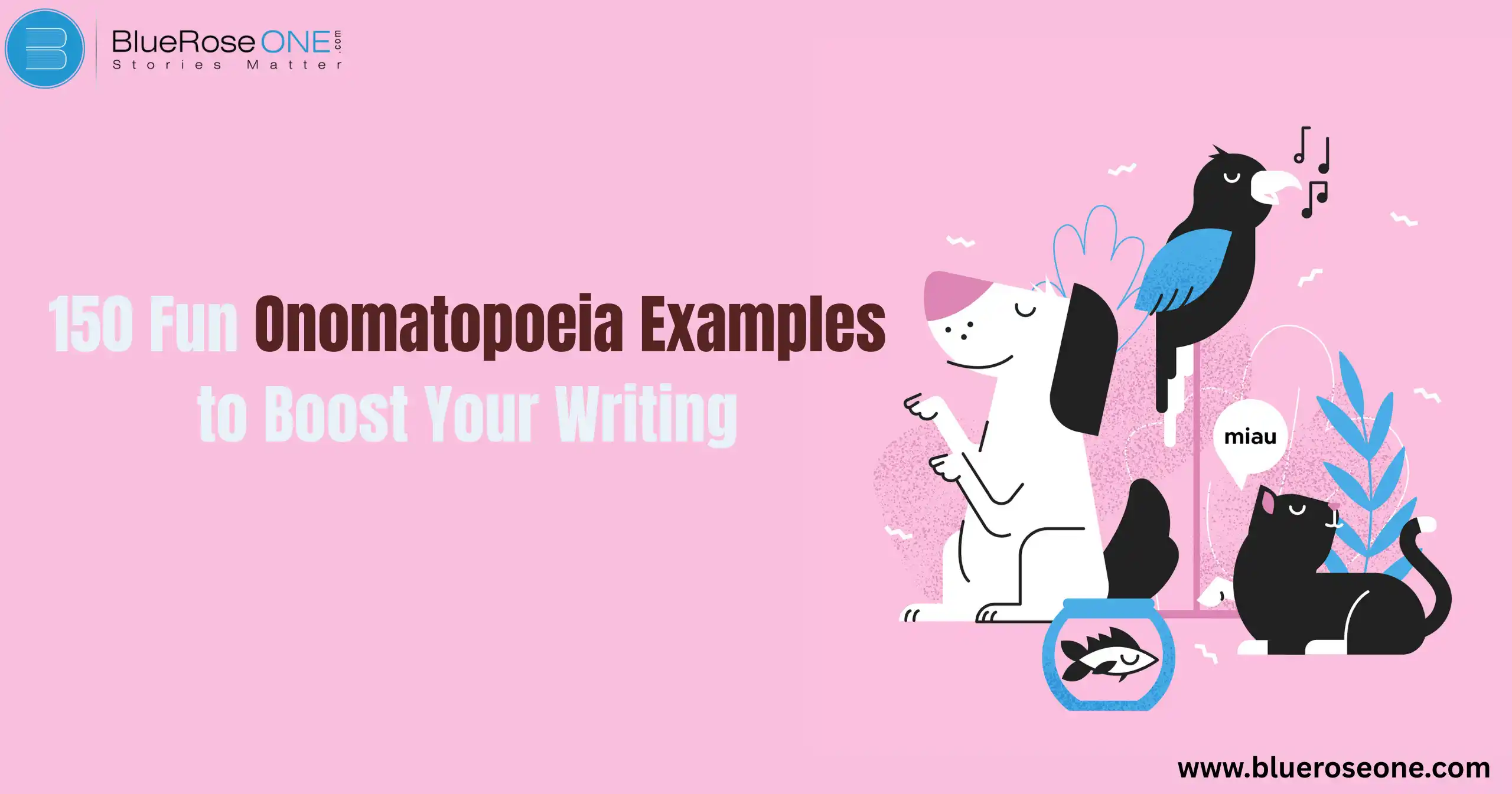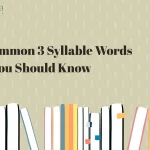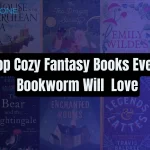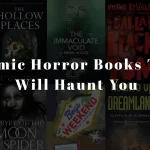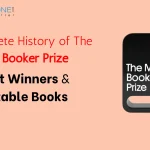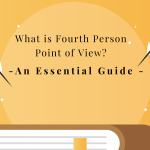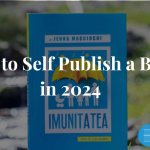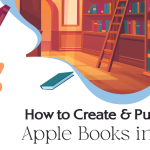Ever read a story where the thunder went boom, the clock went tick-tock, or the cat went meow? That’s onomatopoeia in action! These playful sound words breathe life into writing, making it more vivid and fun. Whether you’re a budding writer, a student, or just someone who loves words, onomatopoeia can instantly make your sentences more engaging.
Definition and Origin
Onomatopoeia comes from the Greek words onoma (name) and poiein (to make). Essentially, it means “word-making.” These are words that sound like the thing they describe, like buzz, crash, or bang.
You may also like: 70+ Overall Synonyms and Antonyms with Examples
Types of Onomatopoeia Words
Not all sound words are the same. Some mimic natural sounds, others reflect human noises, and some are invented in comics and pop culture.
Categories of Onomatopoeia
Animal Sounds – From woof to moo, these bring pets, farms, and wild animals to life.
Human Sounds – Think cough, sneeze, giggle, and gasp—perfect for showing emotions and actions.
Nature Sounds – Wind, rain, thunder, and fire all have sound words that make descriptions richer.
Mechanical and Objects Sounds – Cars vroom, doors creak, and phones buzz.
Comic and Cartoon Sounds – From superhero punches (pow!) to explosions (kaboom!), these exaggerations make writing fun.
You may also read: 300+ Common 3 Syllable Words You Should Know
Complete List of 150 Fun Onomatopoeia Examples
Animal Sounds
- Meow
- Woof
- Bark
- Growl
- Purr
- Roar
- Oink
- Squeal
- Moo
- Neigh
- Cluck
- Gobble
- Quack
- Honk
- Ribbit
- Croak
- Baa
- Caw
- Chirp
- Tweet
- Hiss
- Buzz
- Whinny
- Bleat
- Squeak
- Bray
- Howl
- Yowl
- Warble
- Snarl
You may also like: Top Cozy Fantasy Books Every Bookworm Will Love
Human Sounds
- Achoo
- Cough
- Sneeze
- Hiccup
- Burp
- Yawn
- Sigh
- Snore
- Sniff
- Slurp
- Clap
- Snap
- Giggle
- Chuckle
- Laugh
- Cry
- Sob
- Gasp
- Murmur
- Moan
- Groan
- Scream
- Shush
- Whistle
- Hum
- Hush
- Mumble
- Chatter
- Hoot
- Holler
Nature Sounds
- Boom
- Bang
- Crack
- Crash
- Splash
- Drip
- Drop
- Pitter-patter
- Plop
- Gurgle
- Rumble
- Whirl
- Whoosh
- Howl (wind)
- Sizzle (fire)
- Fizz
- Snap (firewood)
- Crackle (fire)
- Rustle (leaves)
- Flutter (wings)
- Buzz (bees)
- Hiss (snake)
- Splash (rain)
- Ripple
- Tinkle (stream)
- Clatter (hail)
- Roar (storm)
- Boom (thunder)
- Zap (lightning)
- Puff (breeze)
You may also like: Cosmic Horror Books That Will Haunt You
Objects and Mechanical Sounds
- Beep
- Ding
- Bong
- Ring
- Tick-tock
- Click
- Clack
- Creak
- Clang
- Thud
- Bang
- Knock
- Rattle
- Buzz
- Zap
- Vroom
- Zoom
- Honk
- Toot
- Whirr
- Chug
- Bloop
- Pop
- Snap
- Ping
- Pong
- Hiss (steam)
- Crack (glass)
- Boom (explosion)
- Grind
Food and Eatind Sounds
- Crunch
- Munch
- Chew
- Chomp
- Slurp
- Sip
- Smack
- Crack (nutshell)
- Snap (chips, cookies)
- Gobble
- Sizzle (frying)
- Glug (drinking)
- Pop (soda bottle)
- Fizz (soda)
- Swig
- Swallow
- Burble
- Nom-nom
- Lick
- Gulp
You may also read: Jocko Willink Books Ranked from Best to Worst
Cartoon & Comic Sounds
- Pow
- Bam
- Wham
- Zap
- Zing
- Kaboom
- Splat
- Boing
- Bonk
- Whoop
Tips for Using Onomatopoeia Effectively
- Don’t Overuse: Too many sound words can feel cartoonish.
- Match the Mood: Choose words that fit the tone of your story.
- Blend Naturally: Make sure they flow within the sentence instead of sticking out awkwardly.
Conclusion
Onomatopoeia is like adding background music to your writing, it sets the tone, stirs emotions, and keeps readers hooked. With these 150 examples, you now have a treasure chest of sound words to make your stories, poems, and conversations come alive. Next time you write, don’t just describe the scene, let it be heard!
Frequently asked questions
1. What is the purpose of onomatopoeia?
It brings writing to life by mimicking real sounds and engaging the reader’s imagination.
2. Can onomatopoeia be used in academic writing?
Yes, but sparingly. It’s more common in creative or descriptive contexts.
3. How is onomatopoeia different from interjections?
Onomatopoeia imitates sounds (buzz), while interjections express emotions (wow!).
4. What are the most common onomatopoeia words?
Words like boom, bang, buzz, crash, meow, and tick-tock are widely used.
5. Can onomatopoeia improve storytelling?
Absolutely! It adds realism, emotion, and atmosphere to any narrative.

